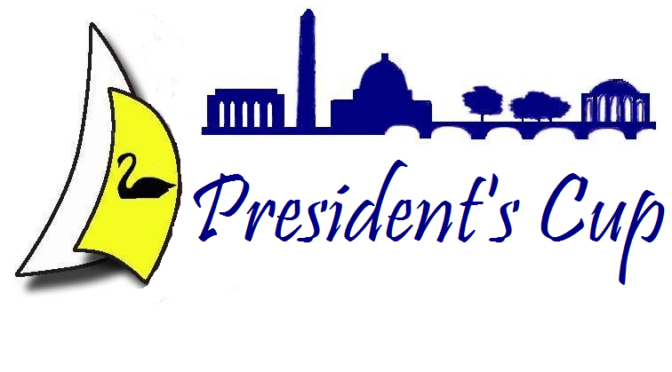On a puff and a shift: First 3rd place write-up of the season
To those who are new to frostbiting, it is our tradition that whoever gets 3rd place circulates a short write-up about the day, and I volunteered to do this first one. It was great to see 18 boats on a day when the forecast wasn’t exactly promising. Also great to see both familiar and new faces. The first gamble of the day was whether to race at all, and we gave it a go. After bobbing around with no wind from changing directions, we ended up with a slowly building southernly light breeze and had three good light-air races. Good on Farley and Tyler for calling when the wind direction stabilized, resetting the course, and getting us going. A few lessons from the sailing today:
Starting well and not early with light breeze and the current pushing us to windward is tricky. My plan was to stay a bit behind the line and make sure I have space to build up speed before the start. I didn’t execute any of the starts particularly well including being the sole boat across the line in race three – thanks to Farley or Tyler who called out a crisp “405”.
Being fast upwind required staying alert while the boat imitated the motions of a crib lulling you to sleep. I had the vang slightly looser than 2-blocked, a deep curve from the outhaul, and absolutely nowhere near using the cunningham. Finding clear air, doing your best to roll tack, not having to duck others unless really necessary helps. But the big gains were on calling the puffs and the shift. In my read, the puffs were particularly important, and they’re easier to spot than the shifts. It’s always a gamble whether you get it right, but you can improve the odds by looking at the water down river and at the boats ahead of you.
Downwind legs felt long with the current against us, but they seemed more predictable to me than the upwind legs. Speed came from keeping the wind flowing across the sail either by the lee or on a broad reach, i.e. avoiding going dead downwind, and keeping that slight windward heel that avoids weather helm. Also, with 18 boats, being on the left side is tactically helpful when you approach the mark.
Racing on the Potomac in light air has a crapshoot element, so take the knocks in your stride – sometimes it really works out. At the last leeward mark of the last race, I was well behind Jim and Laura. A strong puff and a nice shift helped me catch up so much that Jim had to yield to me on starboard just before the finish line, and I barely crossed the line ahead of him. I surely didn’t deserve that one, but it will help me feel better next time the puffs and shifts don’t go my way.
Altogether a nice and easy kick off to the frostbite season, and thanks to Farley and Tyler for running the races today.
Steen
PS: don’t forget to sign up for RC duty!


